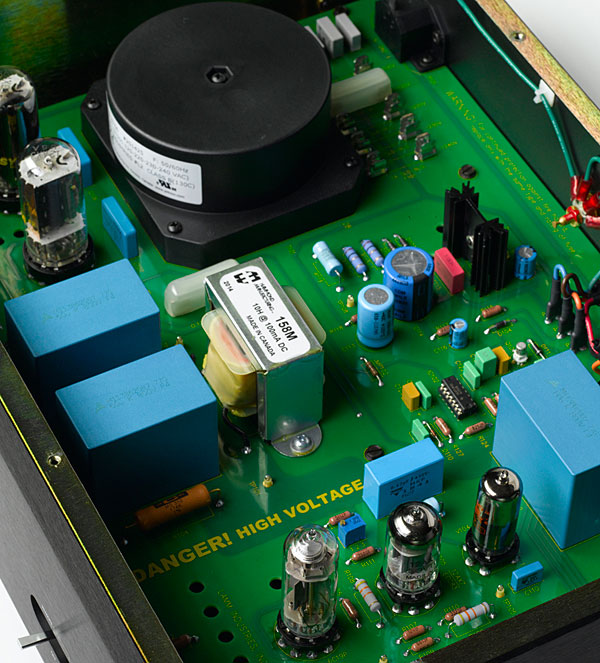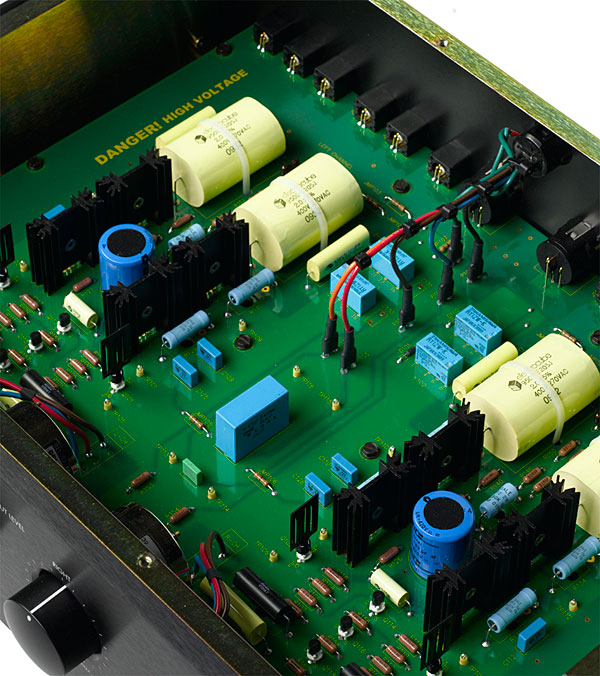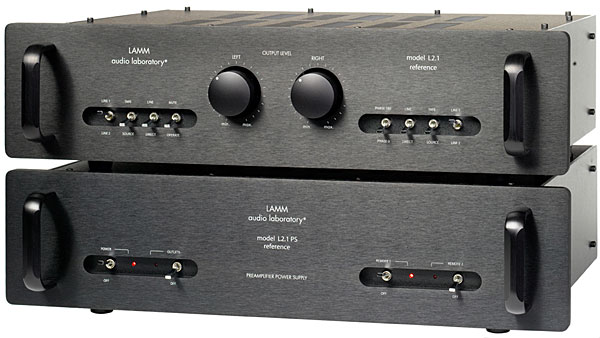| Columns Retired Columns & Blogs |
Solid state device in the power supply were used? Or is it just less linear? I get the no neg feedback as the higher voltages allowed for greater linearity, but I assume that tubes just do zero feedback designs better?
Really cool product and a very well-conveyed review!









































